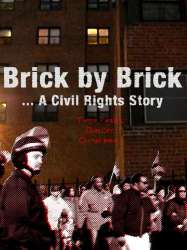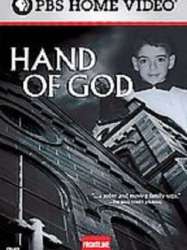Les films ayant le thème "Documentaire sur le droit", triés par recette
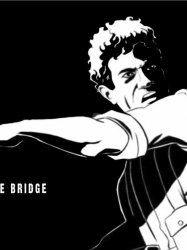
Cohen on the Bridge (2012)
Origine Israel
Thèmes Afrique post-coloniale, Religion, Documentaire sur le droit, Documentaire sur la guerre, Documentaire historique, Documentaire sur la politique, Documentaire sur la religion, Politique, Religion juive
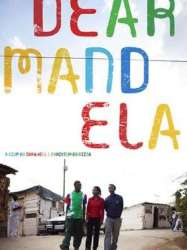
Dear Mandela (2012)
Genres Documentaire
Thèmes Afrique post-coloniale, Le racisme, Documentaire sur la discrimination, Documentaire sur le droit, Documentaire sur la politique, Politique
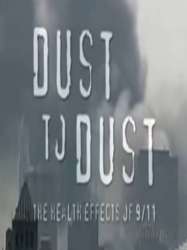
Genres Documentaire, Historique
Thèmes Les attentats du 11 septembre 2001, Religion, Le terrorisme, Transport, Aviation, Documentaire sur le droit, Documentaire sur la guerre, Documentaire historique, Documentaire sur la politique, Documentaire sur la religion, Documentaire sur la santé, Documentaire sur les technologies, Documentaire sur le terrorisme, Politique, Religion musulmane, Film catastrophe, Film de catastrophe aérienne, Détournement d'avion
Acteurs Steve Buscemi
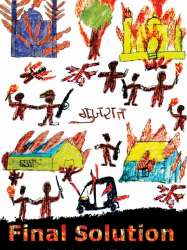
Final Solution (2004)
Genres Documentaire
Thèmes Le racisme, Le terrorisme, Documentaire sur la discrimination, Documentaire sur le droit, Documentaire sur la guerre, Documentaire historique, Documentaire sur la politique, Documentaire sur le terrorisme, Politique
Part 1: Pride and Genocide deals with the carnage and its immediate aftermath. It examines the patterns of pre-planned genocidal violence (by right-wing Hindutva cadres), which many claim was state-supported, if not state-sponsored. The film reconstructs through eyewitness accounts the attack on Gulbarg and Patiya (Ahmedabad) and acts of barbaric violence against Moslem women at Eral and Delol/Kalol (Panchmahals) even as Chief Minister Modi traverses the state on his Gaurav Yatra
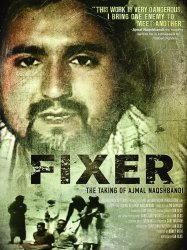
Origine Etats-Unis
Genres Documentaire
Thèmes Film sur un écrivain, Journalisme, Religion, Le terrorisme, Documentaire sur le droit, Documentaire sur la guerre, Documentaire historique, Documentaire sur la politique, Documentaire sur la religion, Documentaire sur le terrorisme, Politique, Religion musulmane

The Iceman Confesses (2002)
Origine Etats-Unis
Thèmes L'immigration, Mafia, La mer, Transport, Documentaire sur le droit, Gangsters

Just, Melvin: Just Evil (2000)
, 1h36Origine Etats-Unis
Genres Documentaire, Policier
Thèmes L'enfance, Maladie, Sexualité, La pédophilie, Documentaire sur le droit, Documentaire sur la santé, Documentaire sur la maltraitance des enfants, Folie, Le handicap, Maltraitance des enfants
Whitney, at the time a Wall Street executive, returns to his rural hometown of Carlotta, California, and interviews his family members about his maternal stepgrandfather, Melvin E. Just. Just sexually abused 10 of Whitney's relatives, including his mother, uncle, aunts and step-aunts, some as young as 2 years old. The consequeneces have resulted in dysfunction spanning three generations of the family. Whitney reveals he was also molested by his uncle, who now lives incestuously with his half-sister.
[...]Voir plus...
 , 1h24
, 1h24Origine Etats-Unis
Genres Documentaire
Thèmes Documentaire sur le droit, Documentaire sur les villes

Who Bombed Judi Bari? (2012)
, 1h35Origine Etats-Unis
Genres Documentaire, Policier
Thèmes Documentaire sur le droit, Documentaire historique
Acteurs Woody Harrelson, Bonnie Raitt
 , 1h15
, 1h15Origine Royaume-uni
Genres Documentaire
Thèmes Le racisme, Documentaire sur le monde des affaires, Documentaire sur le cinéma, Documentaire sur la discrimination, Documentaire sur le droit, Documentaire sur la guerre, Documentaire historique, Politique, Documentaire autobiographique
An autobiographical documentary film that goes beyond the barriers of the genre and is something between videoart, experimental film and home video and seeks to throw light on the consequences of the Armenian Genocide of 1915, which forced the director´s family to emigrate to France. In the spirit of Bertolt Brecht´s theory of art and distanciation, Khazarian frees himself from reality, combining in the film amateur films about his own family and contemporary footage from the battlefield in Nagorno-Karabakh.
[...]Voir plus...
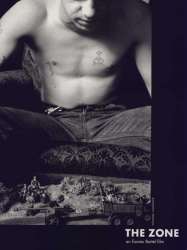
Zonen (2003)
, 10minutesGenres Documentaire
Thèmes Le racisme, Documentaire sur la discrimination, Documentaire sur le droit, Documentaire sur les villes

The Last Assyrians (2003)
, 53minutesOrigine France
Thèmes Religion, Documentaire sur le droit, Documentaire sur la religion
This film begins in the Chaldo-Assyrian community of Sarcelles, France (Paris metropolitan area) and tells of the rebuilding of the identity of the Eastern Aramaic-speaking Assyrian Christians. They are one of the first people to convert to Christianity and they still speak and write Syriac, a north Mesopotamian dialect of Aramaic founded in Assyria during the 5th century BC. Originally all members of the Church of the East, they are today members of the Assyrian Church of the East, Chaldean Catholic Church Ancient Church of the East, Syriac Orthodox Church, Assyrian Pentecostal Church, Assyrian Evangelical Church and Syriac Catholic Church.
[...]Voir plus...

Grounded on 911 (2005)
Origine Etats-Unis
Thèmes Les attentats du 11 septembre 2001, Religion, Le terrorisme, Transport, Aviation, Documentaire sur le droit, Documentaire sur la guerre, Documentaire historique, Documentaire sur la politique, Documentaire sur la religion, Documentaire sur les technologies, Documentaire sur le terrorisme, Politique, Religion musulmane, Film catastrophe, Film de catastrophe aérienne, Détournement d'avion
In response to the attacks on September 11, 2001, the FAA orders all planes out of the air. American and Canadian air traffic controllers face a difficult situation: how to safely re-route and land 6,500 planes carrying close to a million people. For individual air traffic controllers, the work is chaotic, intense, and deceptively simple: pick a new route for each flight; radio instructions to turn; listen for pilot confirmation; hold traffic to keep airways from overcrowding. From Cleveland, Ohio to Gander, Newfoundland and Labrador, controllers on September 11 searched for alternate airports to land large jets as their traumatized colleagues return from breaktime having watched the attacks on TV.
 Connexion
Connexion
